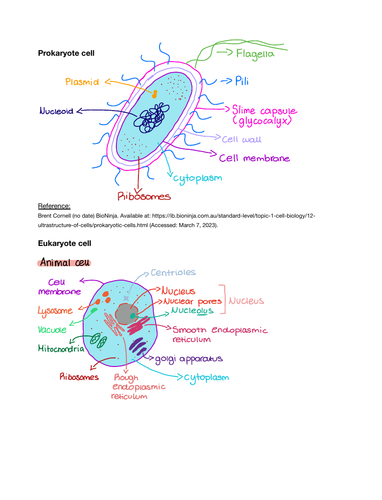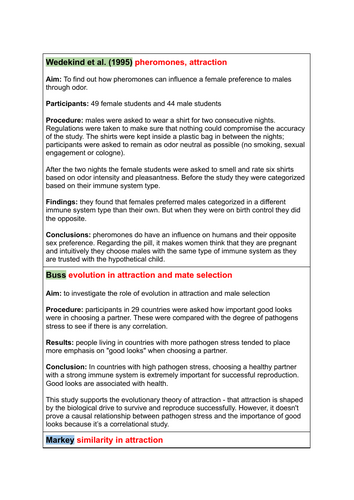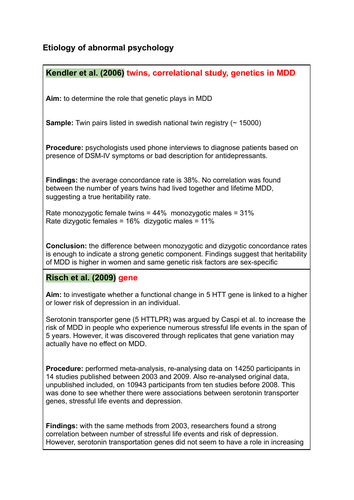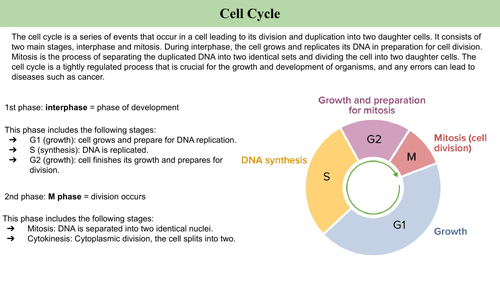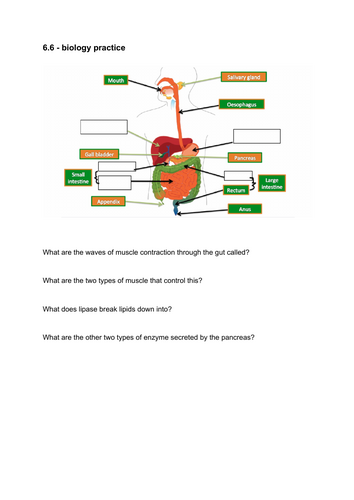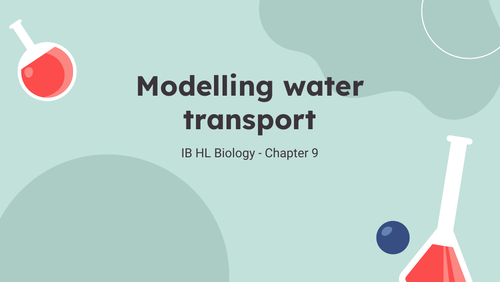
15Uploads
784Views
12Downloads
All resources

IO structure language and literature english IB
This document contains broken down structure for the IO English exam, specifically language and literature.
It is useful to organise the order of the information you are going to talk about in ten minutes, as it gives a specific order of what information the examiners are looking for in your oral exam.

Spanish Idioms
This is a list of 26 Spanish idioms learnt by year 12 and 13 IB Spanish B students (SL and HL). If students use a minimum of one of these in their speaking and writing exams they will gain extra marks, as it shows knowledge of the language. This list is not strictly for IB students, A-levels and other programs will find it useful too. Other than idioms this document also contains vocabulary used in them that will be useful for students to gain a deeper understanding of the meaning of the idioms; it also contains two examples of how students can remember the idioms in their exams.

Aluminium
Presentation on the “Aluminium” element containing:
Uses
Abundance in Earth
Sustainability
Extraction
Dangers
Importance

Energy efficient house
Presentation on what is needed to build an energy efficient house.
What is an energy efficient house
Cool roofs
Passive solar home design
Low-flow shower heads
Sealing windows
LED lights
Airtight construction

Cell respiration notes
Notes on cell respiration for topic 2.8 IB biology. Applicable also to other curriculums.

The art of Lebanon
This presentation explores all of the artists that enrich Lebanon’s country with culture and art. It explores the most famous musicians, painters, writers, architects of this magical culture.

IB Biology drawings - chapter 1 (cells)
This is a document that contains all of the labeled drawings from Chapter 1 (Cells) that IB students need to know for their biology exam. These are essential as they could come up in the exams, and students are required to know them. I would really advise learning and practicing these, as they could boost the final grade.I collected all of these in one document because I know how hard it is to find them all in one place.
This document includes:
Procrayote cell
Eukaryote cell (plant and animal)
Mitochondria
Chloroplast
Singer Nicholson model (membrane)
Sandwitch model (membrane)

Psychology - human relationships studies
This document comprises seven studies focusing on the topic of “human relationships,” with at least one study allocated to each subtopic, distinguished by color-coding. Specifically crafted for preparation for the Paper 2 Higher Level (HL) Psychology IB exam, it serves as a concise yet comprehensive resource. With these seven carefully selected studies, covering all subtopics, it offers an effective means of readiness for delving into the intricacies of human relationships within the exam context.
The studies are:
Wedekind et al. (1995) - pheromones, attraction
Buss - evolution in attraction and mate selection
Markey - similarity in attraction
Buss - cultural differences in looking for a partner
Collins and Miller - communication, disclosure
Gottman - communication, likelhood of divorce
Ma-kellams and Wang - Divorce

Psychology - abnormal psychology studies
This document consists of six studies centered on the topic of “abnormal psychology,” with at least one study allocated to each subtopic, distinguished by color-coding. Tailored for preparation for the Paper 2 Higher Level (HL) Psychology IB exam, it serves as a concise yet comprehensive resource. With these seven meticulously chosen studies, covering all subtopics, it provides an effective means of readiness for exploring the complexities of abnormal psychology within the exam framework.
The studies are:
Kendler et al. (2006) - twins, correlational study, genetics in MDD
Risch et al. (2009) - gene
Haeffel and Hames (2013) - cognitive vulnerability
Beshai et al. (2012) - cognitive triad theory, cross-cultural study
Nicholson et al. (2008) social inequalities in depression
Ferrari et al. (2013) prevalence and incidence MDD

Cell Division
This presentation is designed to simplify the complex concepts of the cell cycle and mitosis, making it easier for IB students to understand. I used clear and concise language, accompanied by visually appealing graphics, to help students learn about the different stages of the cell cycle and the mitotic process.
This presentation includes simplified but effective slides on topics such as Interphase, Prophase, Metaphase, Anaphase, Telophase, Cytokinesis. It also provide real-life examples to help students understand the practical applications of these concepts.

Sperm cell, egg cell, ovary and seminiferous tubule diagrams
This resource includes four detailed and accurate diagrams of the sperm cell, egg cell, ovary, and seminiferous tubules. Each diagram is labeled with the relevant structures, making it easy for you to understand and memorize the key features of each cell or organ.
These diagrams are especially useful for IB Biology HL students, as they are commonly tested on the structure and function of these reproductive structures in their exams. By studying and understanding these diagrams, you’ll be better prepared to draw and label them in your exams, which could significantly improve your final grade.

Biology practice test - digestive system
Resource that allows students to challenge and test their knowledge on the digestive system in order to assess their preparation for the exam. Designed for IB students but applicable also to other curricula.

Transpiration and evaporation
The PowerPoint presentation on transpiration and evaporation is an educational tool designed to help students understand the processes that drive water movement in the environment. The presentation is divided into transpiration, evaporation and transpiration in stream.
To keep the students engaged and reinforce their learning, the presentation includes flashcards that can be used in a game. These flashcards contain key terms related to transpiration and evaporation, and students can compete to see who can answer the most questions correctly.
The presentation concludes with a revision village section where I added the revision village questions that were available on the topic.









